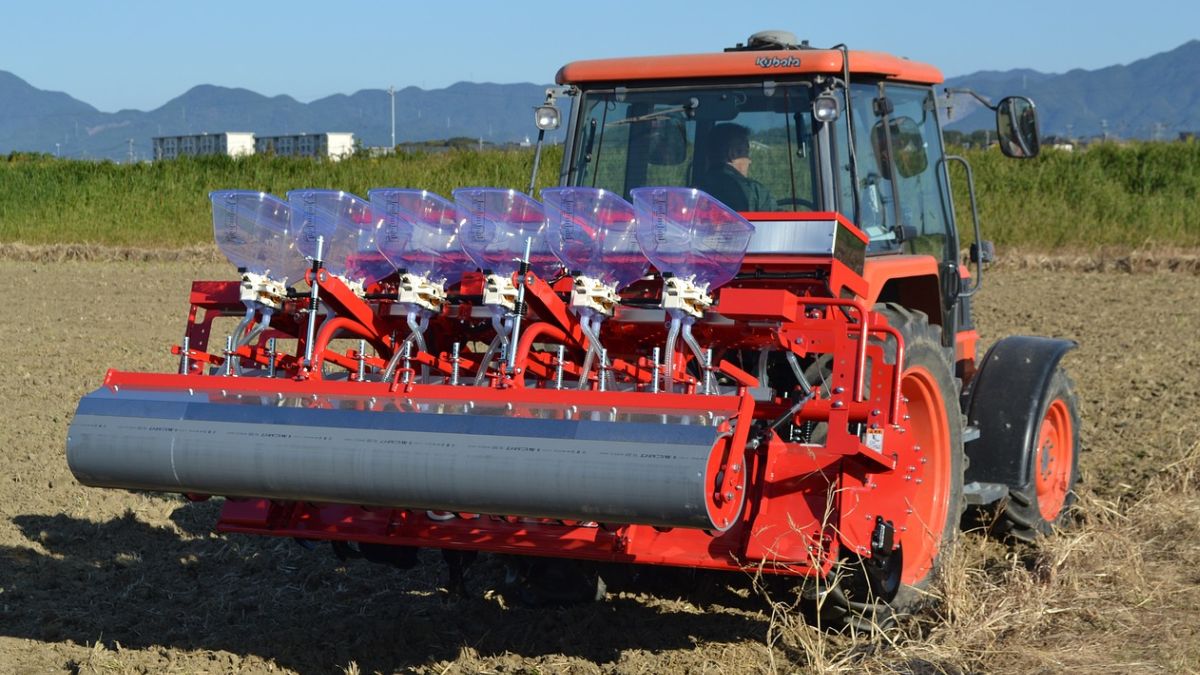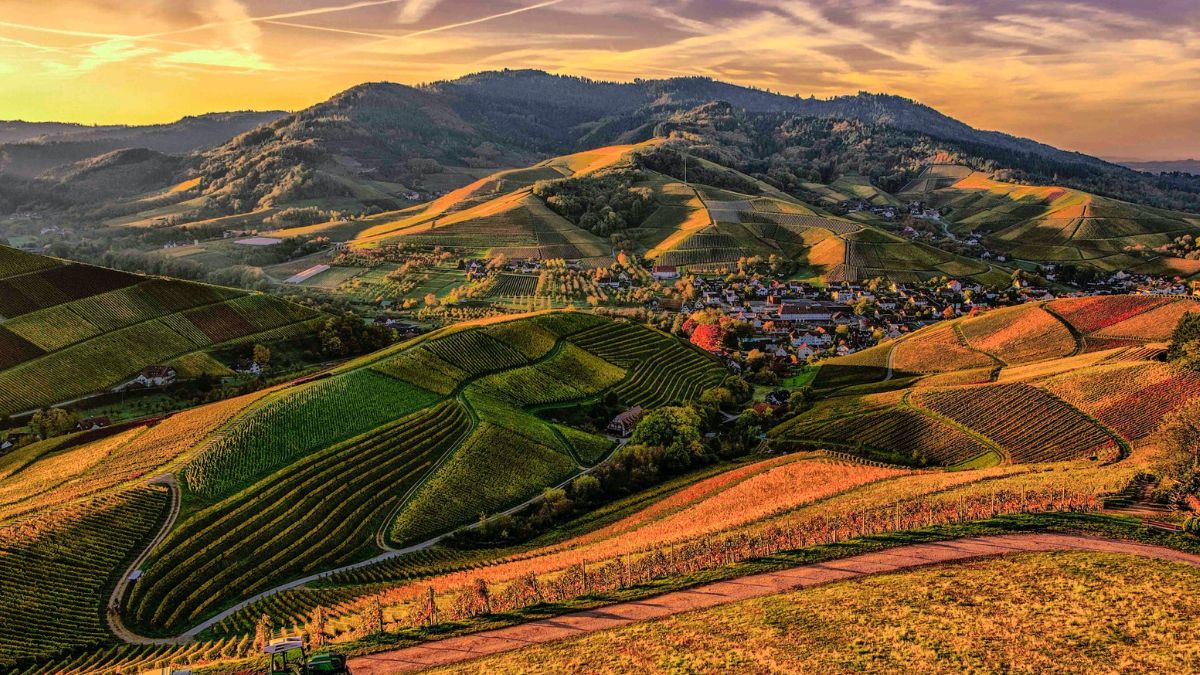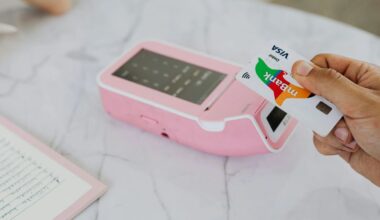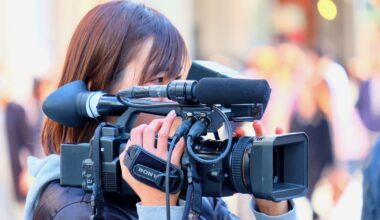Smart agriculture, also known as precision agriculture or digital farming, is revolutionizing the way we cultivate crops and raise livestock. By harnessing the power of technology and data-driven insights, smart agriculture enables farmers to optimize productivity, reduce resource use, and improve sustainability. In this article, we’ll explore the top five innovations that are transforming the agricultural landscape and shaping the future of farming.
Precision Farming
Precision farming is a cornerstone of smart agriculture, utilizing advanced technologies such as GPS, sensors, and drones to monitor and manage crop production with unprecedented precision. By precisely mapping fields, monitoring soil conditions, and applying inputs like water, fertilizers, and pesticides only where and when they are needed, farmers can maximize yields while minimizing waste and environmental impact.
Automation and Robotics
Automation and robotics are revolutionizing farming operations, from planting and harvesting to irrigation and pest control. Autonomous tractors equipped with GPS and artificial intelligence can navigate fields and perform tasks with precision and efficiency, reducing labor costs and increasing productivity. Similarly, robotic systems for harvesting fruits and vegetables are improving efficiency and reducing reliance on manual labor, particularly in labor-intensive crops like strawberries and lettuce.

Data Analytics and Predictive Modeling
Data analytics and predictive modeling are enabling farmers to make data-driven decisions and optimize farming practices. By collecting and analyzing data from sensors, drones, satellites, and weather stations, farmers can gain valuable insights into crop health, soil moisture, pest infestations, and weather patterns. This allows them to anticipate challenges, adjust management practices, and optimize resource allocation for maximum productivity and sustainability.
Internet of Things (IoT) and Sensor Technology
The Internet of Things (IoT) and sensor technology are transforming agricultural operations by enabling real-time monitoring and control of farm assets and processes. Smart sensors embedded in soil, plants, and equipment can continuously collect data on temperature, humidity, soil moisture, and other variables, providing farmers with actionable insights to optimize irrigation, nutrient management, and pest control. IoT-enabled devices also facilitate remote monitoring and management of farm operations, allowing farmers to stay connected and responsive even when they’re away from the farm.

Vertical Farming and Controlled Environment Agriculture
Vertical farming and controlled environment agriculture (CEA) are innovative approaches to food production that leverage technology to grow crops in controlled indoor environments. By controlling variables such as light, temperature, humidity, and nutrient levels, vertical farms can optimize growing conditions and maximize yields while conserving land, water, and energy. These technologies enable year-round production of fresh fruits, vegetables, and herbs in urban areas and other environments where traditional agriculture may be impractical or limited by climate or space constraints.
Smart agriculture is ushering in a new era of efficiency, sustainability, and productivity in farming. By embracing innovations such as precision farming, automation, data analytics, IoT, and vertical farming, farmers can optimize resource use, reduce environmental impact, and meet the growing demand for food in a rapidly changing world. As these technologies continue to evolve and become more accessible, the future of agriculture looks brighter than ever, promising to feed a growing global population while preserving the health of our planet.










